St Andrews University students were hit hard by a housing crisis in 2022, according to campaigners, as a severe shortage of available accommodation left many scrambling for places to live.
Media reports highlighted that the “crisis” was fuelled by a combination of increased student enrolment and a limited supply of rental properties in what is now Scotland’s most expensive seaside town.
The situation became so dire that some St Andrews students were forced to commute from Dundee.
Local landlords reportedly hiked rents significantly, exploiting the high demand, which further strained students’ finances.
Some students even reportedly slept in cars or couch-surfed with friends.
Speaking of his St Andrews house hunting experience, one student said: “I made an enquiry into a two-bedroom flat without a living room that was over £2,000 a month to be told that too many enquiries had already been made for the property.
“The fact that this complete and utter rip off was able to receive so much attention can only show the dire situation that the town faces.”
How did university respond to St Andrews housing ‘crisis’?
The university responded to criticism by pledging to increase the number of student accommodations and work with local authorities to explore temporary housing solutions.
It blamed social media for created a misleading perception of a crisis that didn’t exist, with everyone who asked for help getting a place.
The situation rekindled broader discussion about the sustainability of St Andrews University’s student numbers and the wider pressures facing the “affordable” housing market and the local community.
External pressures out-with the university’s control include rules limiting HMOs (houses in multiple occupation) and holiday lets servicing the burgeoning tourism market.
But two years on, as students return for the new academic year, has the housing situation in St Andrews improved?
And are St Andrews pressures having a knock-on effect for the wider area, including Dundee?
‘Affordability’ continues being major issue
According to St Andrews Fife councillor Ann Verner, the wider challenges facing anyone looking to rent – or buy – private property in St Andrews remain significant with affordability continuing to be the main issue.
“The affordable housing situation has been challenging for many years in St Andrews for students and locals alike and I don’t see that improving anytime soon,” she said.
“Airbnbs are making an awful difference in the town. They are a big part of the problem.”
Councillor Verner added that an unintended consequence of an HMO cap had been to push more students “across the Kinness Burn” into areas previously occupied by families, leading to greater pressures.
This, and rising prices, further reduce the chances of ‘local’ young people being able to afford to live in the town, and in turn led to further unintended consequences.
This includes more workers being “pushed out” and having to commute in to service the town.
This in turn adds to the erosion of local facilities and traditional community – a trend that has been worsening for years.
What does it cost students to rent St Andrews accommodation?
St Andrews has more university-owned and managed accommodation than almost any other UK university outside the Oxbridge colleges.
About 4,500 of their 10,000 students stay in university halls.
There, for example, a shared self-catered en-suite in Agnes Blackadder Hall would set an undergraduate back £7,427 for 38 weeks. A catered en suite single, by contrast, would cost £11,702.
But that means 5,500 St Andrews students are also competing for other St Andrews accommodation, including the private rented sector.
The student run Campaign for Affordable Student Housing (CASH) – which highlighted the accommodation shortage two years ago – recently posted a colour-coded St Andrews private rent map on social media giving an insight into average rent prices per individual at private addresses around the town.
These range from £900+ per month per individual student in North Street and Queen’s Gardens to £700 in Lamond Drive and £400-£600 in Tom Morris Drive.
This week Studentpad, the official St Andrews University student accommodation search engine, was still advertising 20 properties for anyone still looking to rent private accommodation.
However, deep pockets may be required with prices ranging from a two-bedroom former council house in Boase Avenue for £1,500 per month to a five-bedroom property in Claybraes for £3,925 per month.
Properties were also being advertised in Anstruther and Largoward.
How has St Andrews University responded?
A University of St Andrews spokesperson told The Courier there was no doubt St Andrews had faced a challenging student accommodation landscape in recent years.
The situation was particularly tense during the 2022/23 academic year, when an unexpectedly high intake of first-year students combined with a sharp reduction in available private sector housing.
The larger than expected post-Covid-19 intake was common to all universities.
It was a consequence of government decisions to allow teachers to assign Higher and A level grades, meaning universities had to honour offers made to many more students than were expected to pass.
The drop in housing supply was primarily due to landlords opting to sell their properties or shift to the more lucrative short-term holiday let market, driven by perceptions of restrictive Scottish Government legislation.
The result was a “perfect storm” that left the university scrambling to secure enough housing.
However, by the end of the first term, most of those students had found places in St Andrews and there was now no need for students to be in Dundee.
Was panic fuelled by social media?
“Despite widespread concern and rumours of a crisis, the university managed to accommodate all students who sought help, even using some housing in Dundee temporarily,” the spokesperson said.
“The panic, fuelled by social media and reports of up to 300 homeless students, proved largely unfounded, although it undeniably caused anxiety among students and their families, particularly international ones.
“Interestingly, the following academic year (2023/24) saw the opposite problem: a surplus of available accommodation, with several hundred vacancies in university residences.
“This was unexpected, especially given the continuing pressures on housing from the previous year. Some speculate that the prior year’s panic led more students to seek private housing early, reducing demand for university accommodations.”
Range of accommodation options
The university is now studying these trends closely to better inform future housing developments, including plans to build 500 new student beds at the former Albany Park site.
Affordable student accommodation has long been a concern at St Andrews.
The university has responded by significantly increasing its bursary and scholarship offerings, now distributing over £20 million annually.
The university’s accommodation fees also cover energy bills and Wi-Fi, adding value compared to the private sector.
Scotsman Developments has been transforming the old Kilrymont Road building of Madras College into private student accommodation and now plans further student housing on the old school playing fields.
However, the broader housing market in St Andrews presents additional challenges.
St Andrews faces wider housing pressures
The town is one of the most pressured housing environments in Scotland.
To address this, the university has partnered with Kingdom Housing to create new homes for postgraduate students and early-career staff.
The University of St Andrews spokesperson added: “One myth it would be helpful to put bed is the claim that the university is constantly growing. It’s not.
“Our total student population is 10,000 give or take a couple of hundred. That has been the case for several years and will remain the case.
“Our current strategic plan enshrines a commitment not to grow above that number, even although we receive 12 applications for every available student place.”
Do Dundee and Abertay have capacity?
In Dundee, the availability of good-quality affordable housing in the city has become of growing concern in recent years.
However, a spokesperson for the University of Dundee confirmed they are “not seeing any pressures on accommodation” as they welcome the new cohort of students.
At Abertay University where there are around 4,000 students in total, this year they have approximately 500 bed spaces for new students via private providers. Around 50% of students attend from within a commutable distance in Tayside and Fife.
A spokesperson for Abertay University said: “All halls of residence accommodation for Abertay University students is handled via agreements with private providers and there is enough capacity to accommodate all of our new students.”
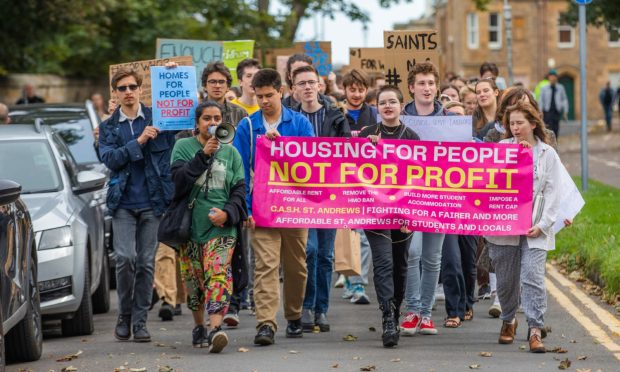
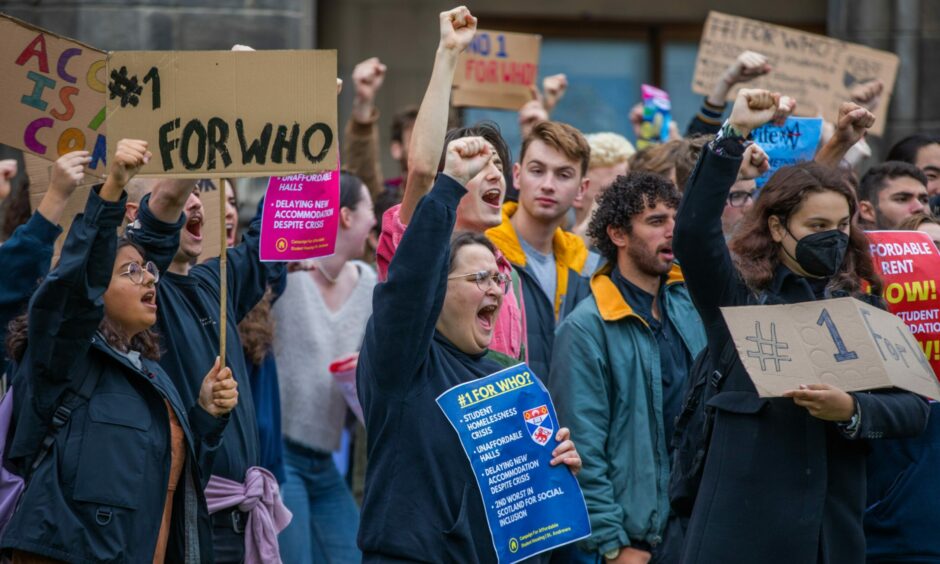
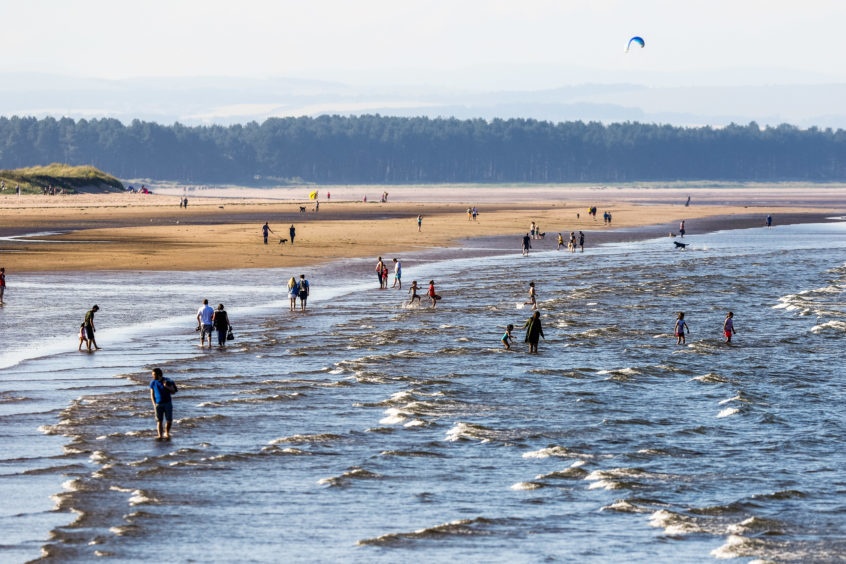
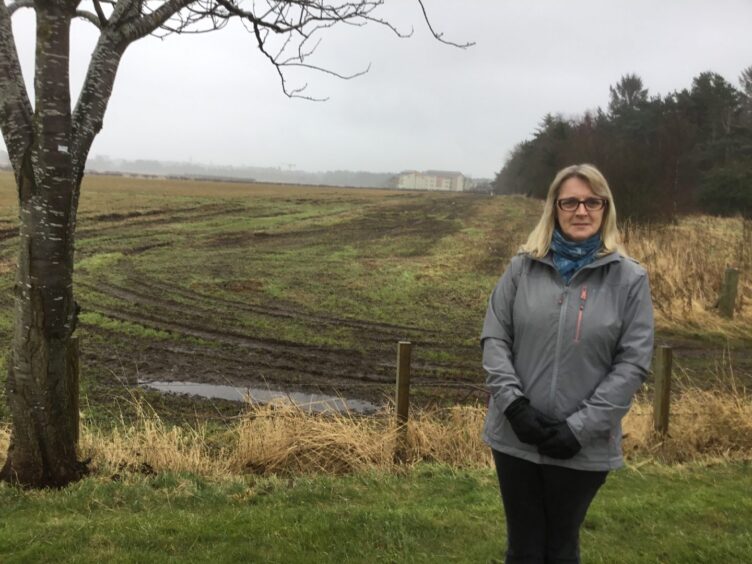
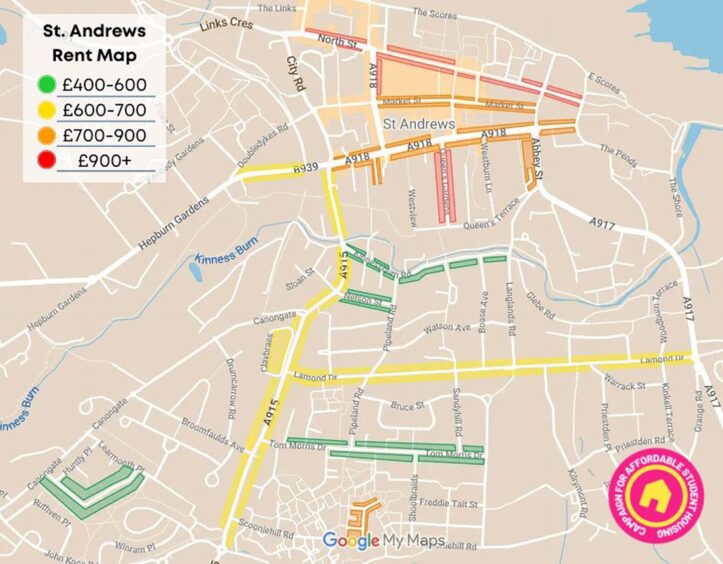
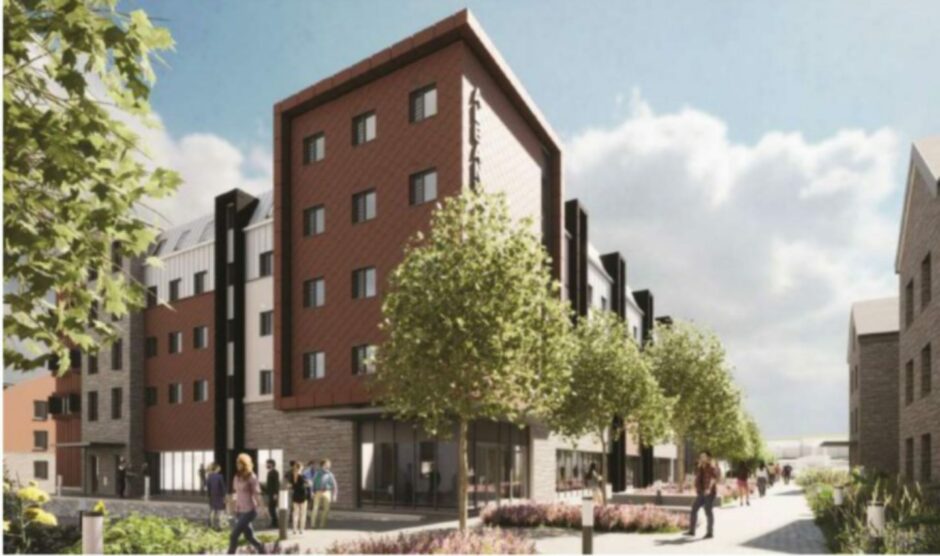
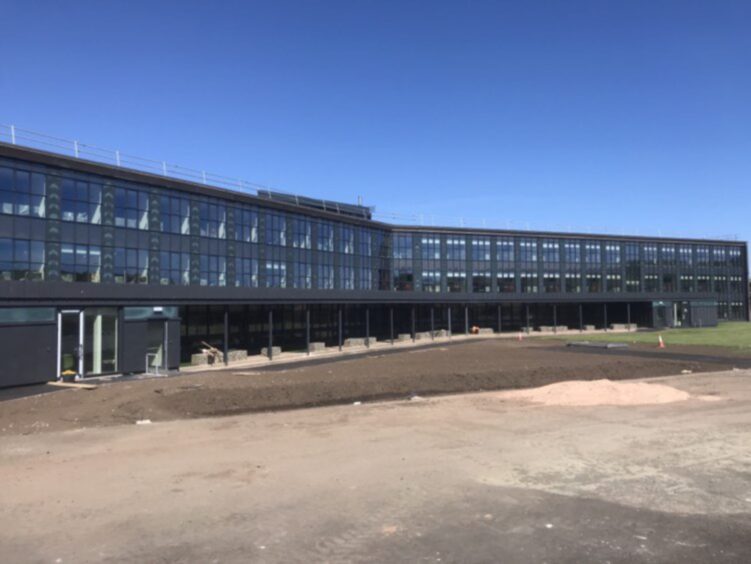


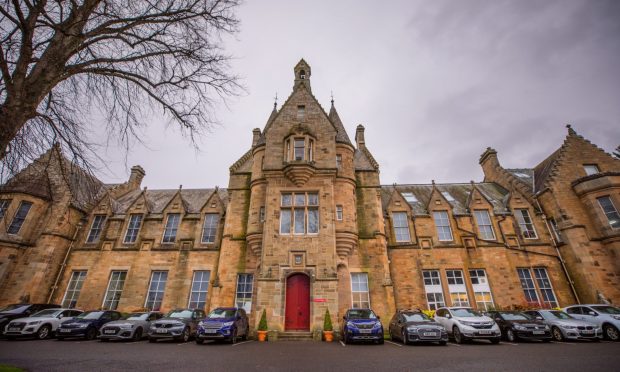


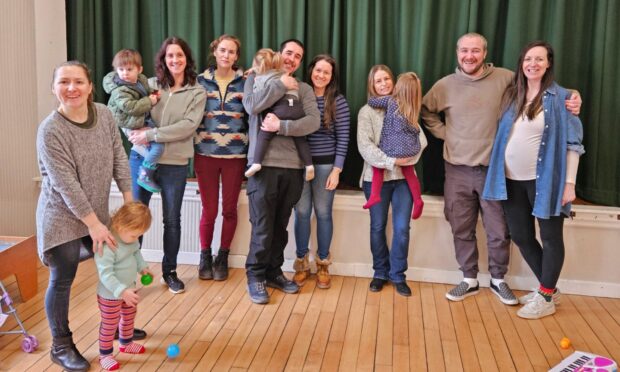




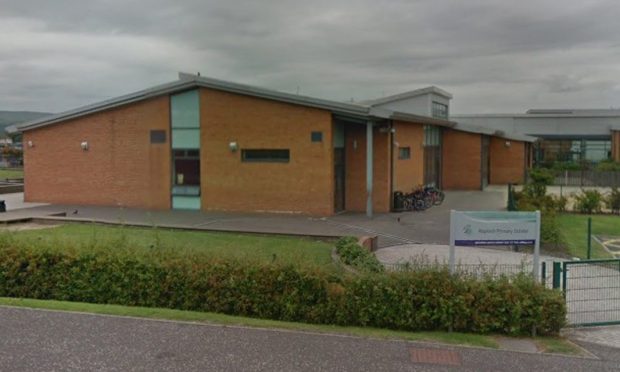
Conversation